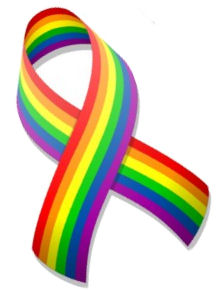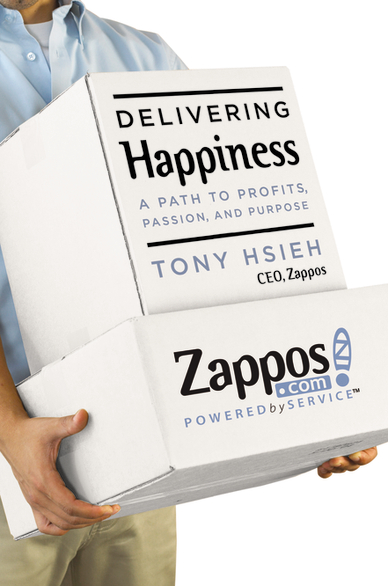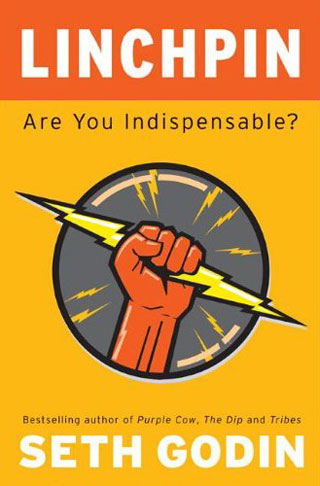“Have a great break and if you celebrate Thanksgiving, have a great Thanksgiving.” This is what I always say to my students at the end of our last class before the Thanksgiving/fall break. Without fail a student will ask me, “Who doesn’t celebrate Thanksgiving?” When I suggest that Thanksgiving has a much different meaning for Native Americans & other colonized peoples my students either nod or roll their eyes at me. In my experience the students I have worked with are largely unaware of issues among Native American communities today. For many students the history of Native Americans ended with the government executed genocide. Students in the U.S. desperately need to learn about modern day injustices that Native Americans are currently living through. There is arguably no greater or more overt injustice than what is happening in Whiteclay Nebraska.
The town of Whiteclay, NE has only 14 people in it. Yet it has 4 off sale liquor stores that sell 4.5 million cans of beer a year (approx. 12,500 cans per day). Whiteclay borders the Pine Ridge Indian Reservation, home of the Oglala Lakota, where alcohol is banned outright because of many issues with alcoholism. The Pine Ridge Indian Reservation is a sovereign nation that is located on the South Dakota side of the Nebraska-South Dakota border. These 4 predatory liquor dealers make millions of dollars each year off of the Oglala’s and the social costs of their business are experienced on the Pine Ridge side of the border.
However, the overt and unquestionable injustice here is that the town of Whiteclay has no legal place for these 12,500 cans of beer to be consumed each day. You can’t drink the beer at any of the off sale liquor stores. You can’t drink it in your car or on the street. And you certainly can’t drink alcohol let alone possess it on the Pine Ridge Indian Reservation. Despite evidence of daily illegalities there has been almost no police intervention. The state government of Nebraska enjoys the excess taxes from Whiteclay and yet claims to not have the funds to adequately police the area.
www.BattleForWhiteclay.org is chock-full of resources, information, and videos on this subject. For more info start here. All photos here were provided by BattleForWhiteclay.org.
As an educational piece Whiteclay is especially useful because it bridges the gap between historical and modern injustices carried out by the U.S. government. The Pine Ridge Indian Reservation contains the site of the Wounded Knee Massacre where between 150 and 300 Lakota men, women, and children, who were being disarmed by the U.S. 7th Cavalry, were killed. Forensic evidence suggests that many of Lakota were shot in the back and its widely believed they were unarmed.
Today the Pine Ridge Indian Reservation is one of the poorest communities in the United States with extreme unemployment and abject poverty abound. Quite simply, this is a community that cannot afford to export millions of dollars across the border into Nebraska, nor can it provide support for the Lakota in need of treatment for alcoholism.

There are some excellent videos available to bring this issue into vivid detail for your students. I can’t recommend enough the documentary directed by Mark Vasina, The Battle of Whiteclay, which is loaded with activist interviews and footage of the protests and legal challenges that surround this crisis. Viewers get brought up to speed on the historical foundation of this issue and then get to see the crisis first hand. My students were appalled by the footage of Whiteclay where people drink alcohol openly in public and lay passed out on the side of the road. One poignant scene captures a woman as she confronts her brother who has taken and sold her car for money to support his disease. The last half of the film goes from courtroom to courtroom as advocates of the Pine Ridge Reservation try to get law enforcement to take action in Whiteclay or even simply ban any more licenses from being awarded to the tiny town.
I have created both a viewing guide/note sheet for the film and created directions for a paper that asks students to explore the crisis and why it is allowed to continue.
The Hidden Massacre of Whiteclay is a YouTube video that was created by the students of Omaha Creighton Prep. The video (shown above) is an excellent brief introduction to the issues.
To understand the present you need to understand its connection to the past. Native Americans across the United States are experiencing continued injustices. This Thanksgiving I will be thankful for my friends and family, but I cannot celebrate the history of genocide and injustice associated with Thanksgiving that continue to hurt Native Americans today.






















